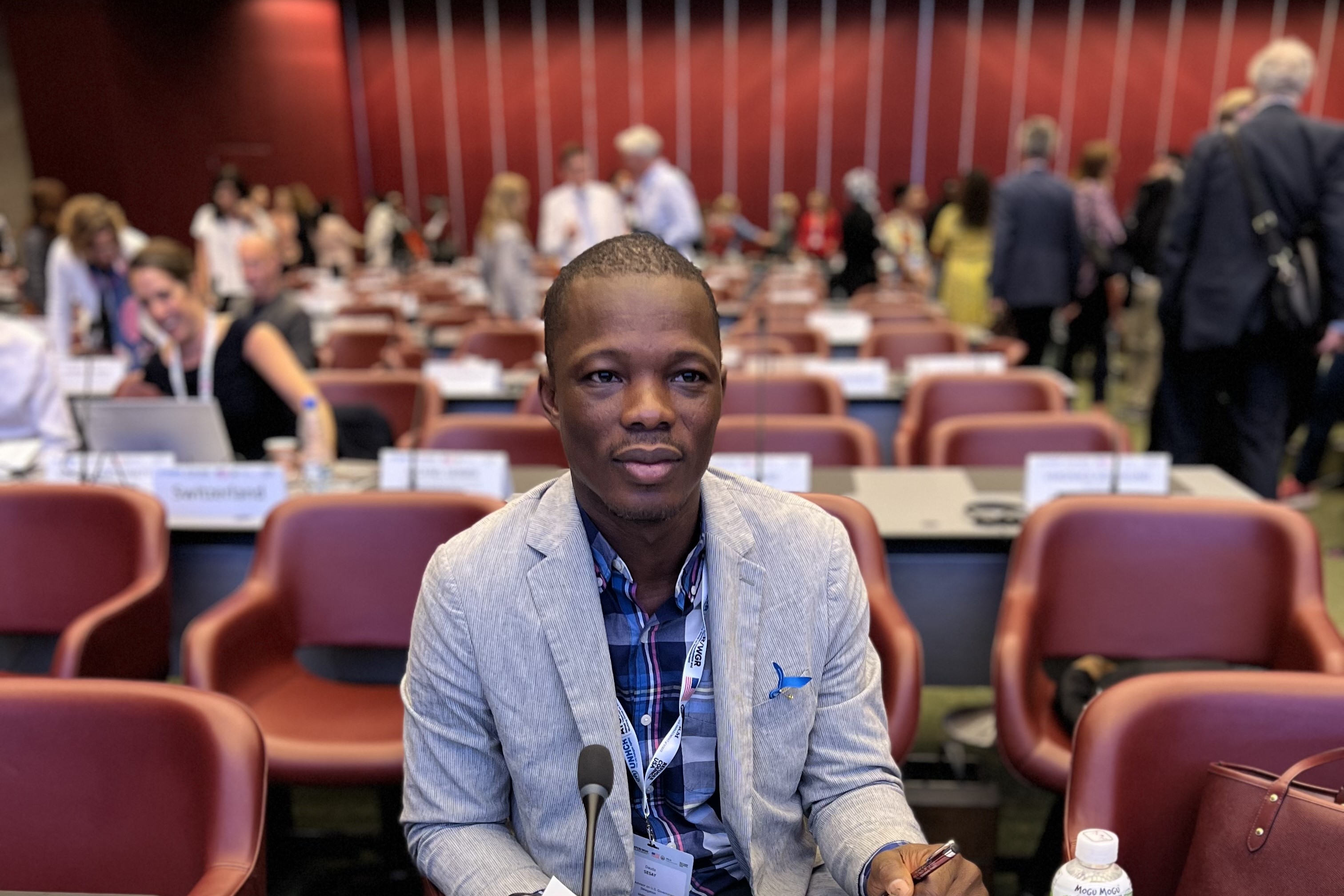UNHCR mourns death of an architect of the 1951 Refugee Convention
UNHCR mourns death of an architect of the 1951 Refugee Convention

GENEVA, October 19 (UNHCR) - The UN refugee agency on Tuesday paid tribute to an architect of the 1951 UN Refugee Convention, American legal scholar Louis Henkin, who died last week aged 92.
Volker Türk, director of UNHCR's Division of International Protection, saluted Professor Henkin for his "fundamental contribution to the early development of international refugee law and his unwavering commitment to the protection of human and refugees' rights."
Henkin, who died last Thursday in New York, was widely regarded as one of the founding fathers of human rights law. He also wrote classic works on United States constitutional law and the legal aspects of US foreign policy.
But at UNHCR he will be remembered above all for his work on the 1951 Convention relating to the Status of Refugees, which marks its 60th anniversary in July next year. As the United States representative to the convention drafting conference, he played a vital role in its elaboration.
The convention is the key legal document in defining who is a refugee, their rights and the legal obligations of states. A 1967 protocol removed geographical and temporal restrictions from the convention.
Henkin was born in modern-day Belarus in 1917. His family emigrated to the United States six years later. He received a law degree at Harvard University in 1940. After World War II, during which he served in Italy, France and Germany and won a Silver Star for valour, Henkin returned to the law as a clerk to Supreme Court Justice Felix Frankfurter.
His input to the Refugee Convention came while he was working for the US State Department before, in 1956, becoming an academic at New York's Columbia University. He also taught for five years at the University of Pennsylvania.








